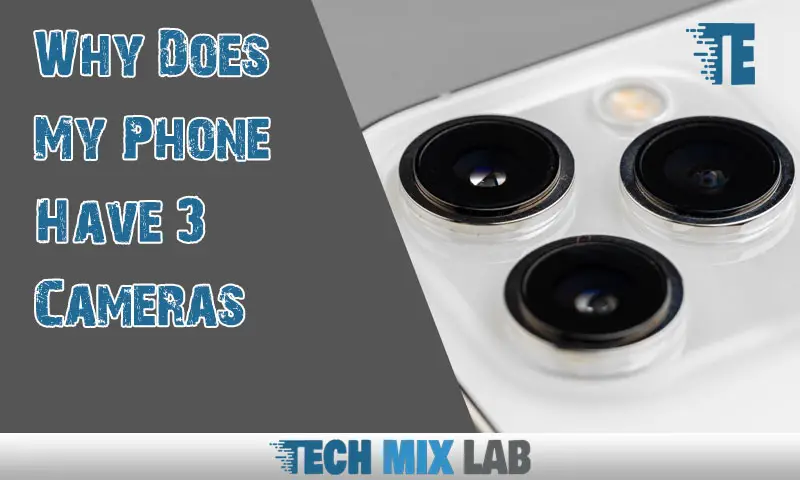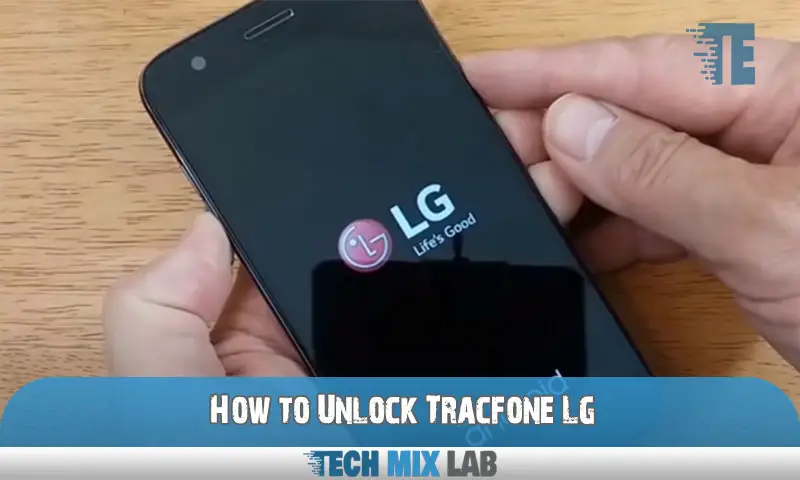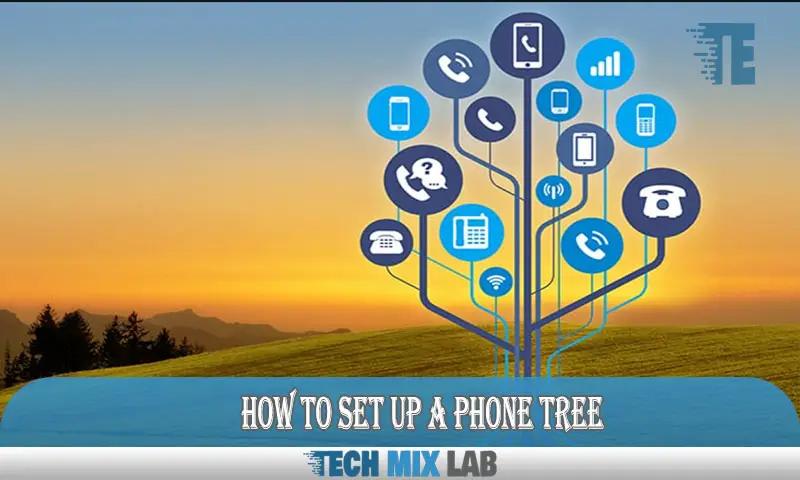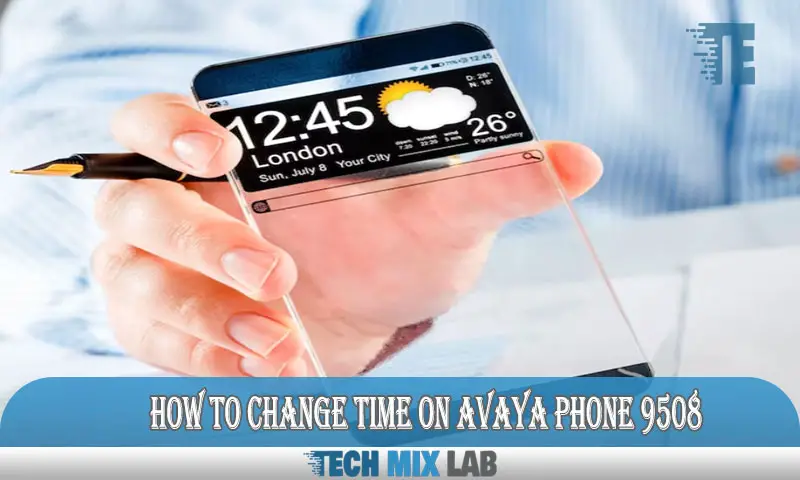Have you ever noticed that your phone has 3 cameras? If so, you’re not alone. Many phone manufacturers are now including three cameras in their devices, and it’s a trend that is continuing to grow. But why?
In this article, we will explore the answers to why phones have 3 cameras and what benefit they provide. We’ll look at the different types of cameras and the technologies they use, such as ultrawide-angle lens or telephoto lens. We’ll also look at how 3 camera systems can improve your photography experience.
So if you’re curious about why your phone has 3 cameras and what all those lenses are really for, keep reading! We’ll also provide some tips on how to get the most out of your phone’s 3 camera system.
Understanding the Basics of Phone Cameras
Smartphone cameras are no longer just “point and shoot” devices: they’re now complex systems that combine multiple cameras, lenses, and software. Have you ever noticed that your phone has three cameras? Here’s why.
Triple camera phones offer improved photography in low light conditions. For example, the third camera may collect more color information compared to images taken by a single camera sensor. This is especially helpful when taking pictures in dimly lit areas, where one camera might struggle to create a balanced image.
In addition, multiple cameras allow different viewing angles from the same spot. With one wide angle lens, one telephoto lens, and a depth sensing lens all working together at the same moment, you can capture different types of shots without having to move around or adjust the image after taking it.
Finally, multiple cameras improve picture quality and optical zoom functionality. Combined with software advancements like artificial intelligence (AI), advanced sensors help deliver sharper images and better zooming capabilities than a single rear-facing lens alone.
So there you have it: Your phone’s three-camera system gives you improved photography in low light conditions, lets you take shots from different angles easily, and lets you take sharper photos with more accurate zoom capabilities.
How a Triple Camera Setup Enhances Photography
So what can a phone with three cameras do for you? It all boils down to collecting more information and enhancing quality in a variety of scenarios, depending on the precise lenses and features included.
Beginning with capabilities like optical zoom, enhanced HDR, portrait modes, 3D, and low-light photography, several cameras can be used to capture images. Moreover, these cameras frequently collaborate to provide a single, excellent image or video.
Low-light photography can also be enhanced with a triple camera configuration. To do this, multiple lens apertures are combined in order to fit more information into the same frame. A wide-angle lens and an ultra wide-angle lens are the most frequent lens combinations found in mid-range and flagship phones, enabling you to take wider scenes than before. Also, some of these systems include a telephoto lens for enhanced magnification and improved detail while shooting from a distance.
In conclusion, triple camera configurations give mobile photographers more flexibility when taking pictures or movies with their smartphone. These settings offer superior photography capabilities compared to single camera phones, from better optical zoom capabilities to improved low-light performance.
Pixel Fusion and HDR Capabilities
Next-generation phone cameras have extensive capabilities that allow them to capture stunning images. One such tool is Pixel Fusion, which takes multiple shots with different exposure levels and combines them into one single image. This can help to reduce noise and improve the overall clarity and contrast of the photo.
HDR (High Dynamic Range) photography is also a feature of many smartphones, offering users improved dynamic range and color accuracy. Apple’s Smart HDR 3 system and Google’s Pixel 4 camera updates both use a second ‘zoomed-in’ camera module with a 48mm equivalent F2.4 lens for sharper photos in low-light conditions. And Apple’s iPhone 14 Pro camera has a larger and higher pixel resolution than its predecessors, taking advantage of Pixel Fusion capabilities that are built into the hardware.
In this way, phone cameras are now able to deliver incredibly high quality images thanks to their combination of technologies – something that was not possible even just a few years ago.
Different Lenses for Different Shots
You might be asking why your phone needs three cameras when you might get by just fine with one. The differences in the lenses on each camera hold the key to the solution.
Each camera has its unique lens and sensor, which determine the quality of the photo you get. For example, a wide-angle lens can catch more of the area without having to move around, providing for broader photographs with broad views. A telephoto lens makes distant subjects appear closer and more distinct, making it ideal for taking pictures of nature and wildlife. Finally, an ultra-wide lens gives you a larger field of vision, enabling you to take photos with a deeper depth of focus and more dynamic scenes.
Moreover, these various lenses enable various viewing angles and crisper hardware-based portrait-mode photographs than those produced solely by software. The use of multiple cameras results in better image quality and optical zoom capabilities that enable you to go closer to a subject while keeping image sharpness.
Zoom Capabilities With Telephoto Lenses
If you’ve ever wanted to get a closer look at a faraway object, you’ll understand the importance of having good zoom capabilities on your phone. A telephoto lens is one of the best ways to achieve this, as it uses optics in order to bring the image into focus.
By having multiple cameras on a phone, you can use the telephoto lens to zoom in up to two times more than a single camera would typically allow. This means that users can capture close-up shots without sacrificing image quality. Plus, because optical zooming uses lenses instead of any digital manipulation, you don’t have to worry about any blurry images or pixilation.
Combining a telephoto lens with other camera components such as standard and super-wide angle views gives users an even wider range of shooting options. Each camera has its own set of strengths and weaknesses for different types of photography and videography, making the triple camera setup perfect for capturing unique perspectives and detailed shots from any distance.
People Also Like: Secret on Where to Put Phone When Running To Keeping it Safe
Conclusion
In conclusion, there is excellent explanation for the growing trend of smartphones having three cameras. With three cameras, you can take better pictures in low light, see things from multiple perspectives while standing still, and use the optical zoom feature. The various lenses, including wide-angle, telephoto, and ultra-wide, provide various shot types and enhanced zooming. Additionally, advancements in technology like HDR photography and Pixel Fusion make it possible to produce high-quality photographs that were previously unattainable. With these capabilities, a triple camera configuration improves the whole photographic experience and gives mobile photographers greater options.





